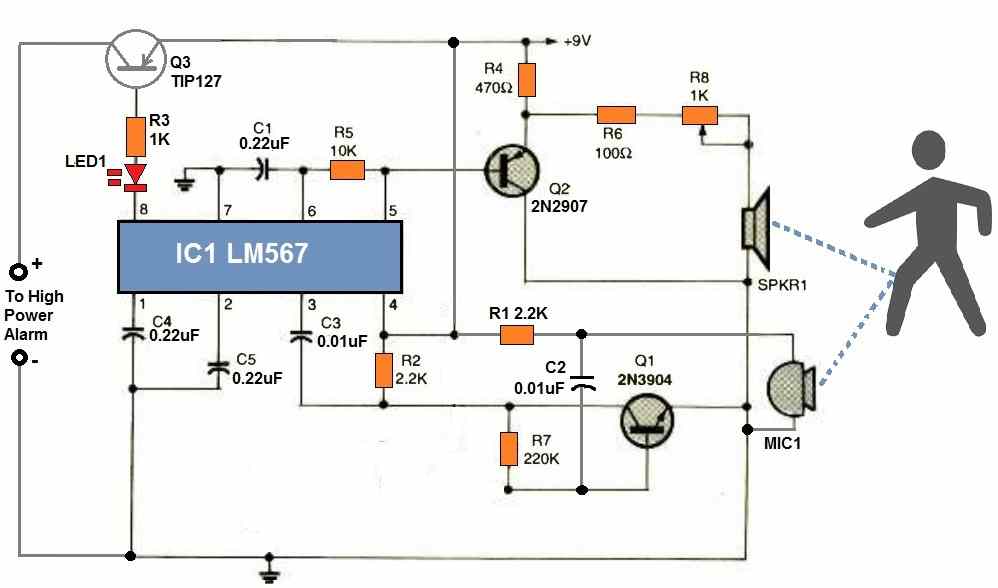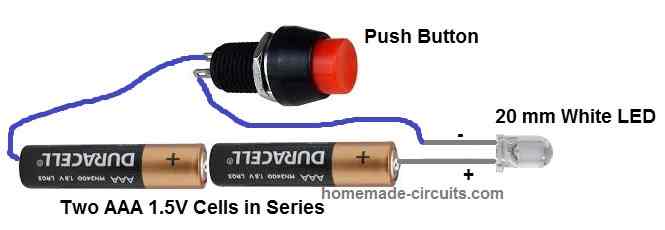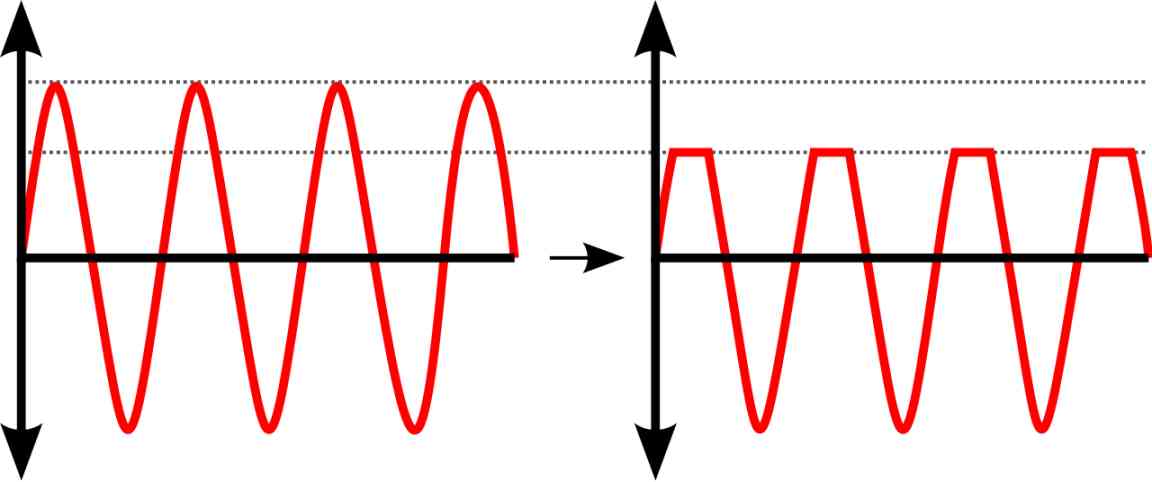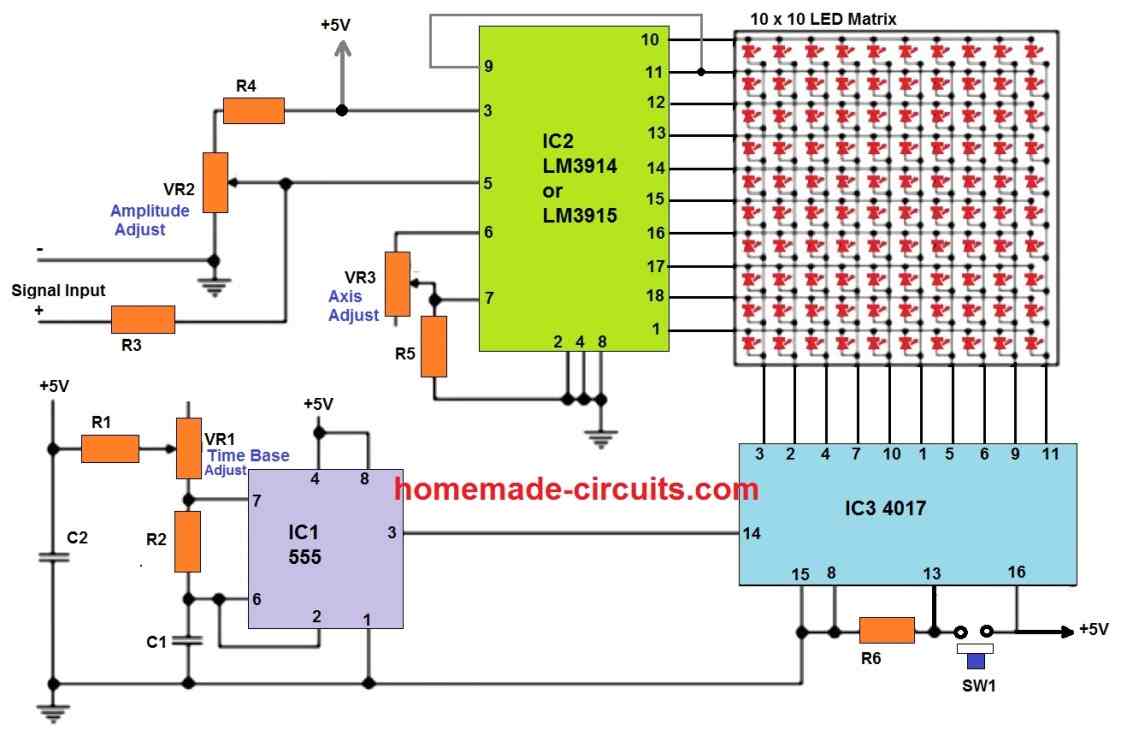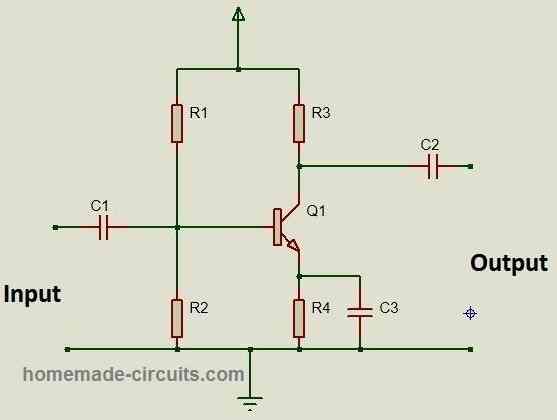An ultrasonic burglar alarm circuit is an electronic device which transmits ultrasonic waves to detect the movement of an intruding person. The ultrasonic waves hit the intruder and the reflected waves are picked up by the circuit. This reflected wave is used to activate a loud alarm which alerts the owner about the presence of […]
Search Results for: transmitter
Circuit Projects for Beginners and School Students
In this article I have explained how to build small electronic circuit projects suitable for beginners, young hobbyists, school students, who are new to electronics and are at the initial learning stage. Which Circuit Projects are Suitable for the Beginners? Warning: In this article there are a few circuits which are not isolated from AC […]
Clipper and Clamper Circuits Explained
In this post I am going to explain clipper and clamper circuits. The clipper and clamper are called wave shaping circuits because they convert the incoming signal wave to another kind of useful wave. They are used widely in power supplies, filter circuits, RF transmitters / receivers, voltage suppressors, audio amplifiers and the list goes […]
Communication Protocols in Microcontrollers Explained
In this post I am going to explain various communication protocols that are used by microcontrollers, microprocessors and ICs for communicating with various sensors, electronic drivers, input and output devices. We will see: Why do communication protocols exist in electronics? UART protocol. I2C or IIC or “I squared C” protocol. SPI or Serial Peripheral Interface […]
LED Oscilloscope Circuit
The simple LED oscilloscope circuit I have explained in this article can be used for analyzing low frequency waveform through a 10 x 10 LED matrix display. Due to the involvement of only 100 LEDs in the display board, the resolution is low, and the waveform display clarity is not so impressive. Yet, this LED […]
Types of Power Amplifier Classes Explained in Simple Words
In this post I am going to explain power amplifiers and their classification according to their output electrical characters and application. We will be exploring amplifier classes: A, B, AB, C, D, E, F, G, H, I, S and T briefly and yes, that’s a lot of amplifier types that are available in today’s electrical […]
